18+ Sample Research Implementation Plan
-
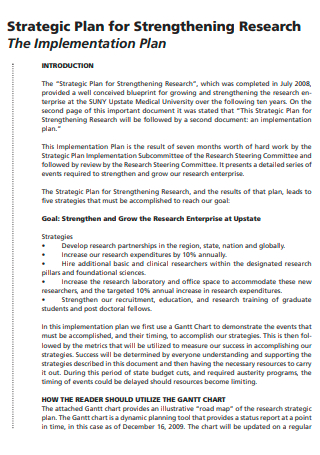
Research Implementation Plan Template
download now -
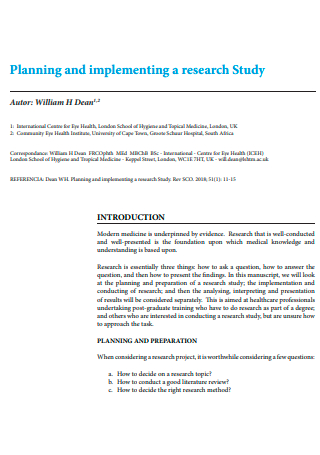
Research Study Implementation Plan
download now -
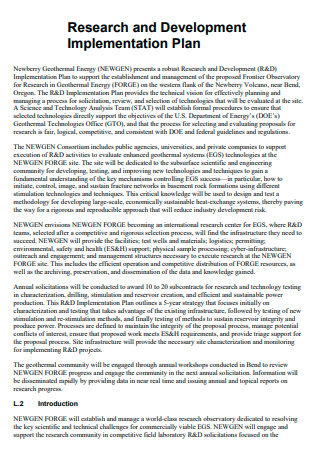
Research and Development Implementation Plan
download now -
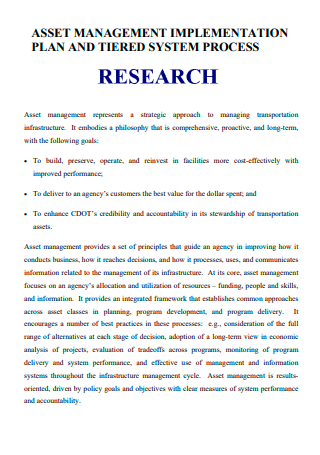
Research Asset Management Implementation Plan
download now -
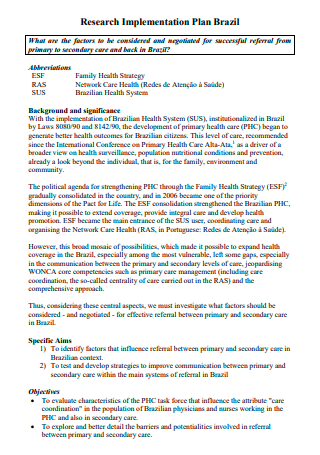
Research Implementation Plan in PDF
download now -

Cancer Surveillance Research Implementation Plan
download now -
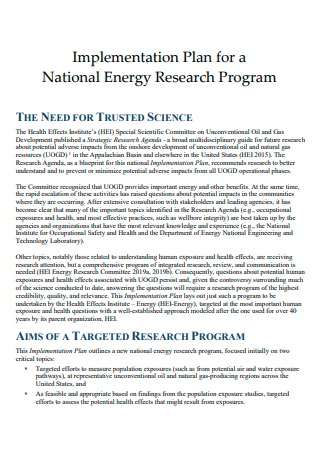
National Energy Research Program Implementation Plan
download now -

Enhancement of Research Strategic Implementation Plan
download now -
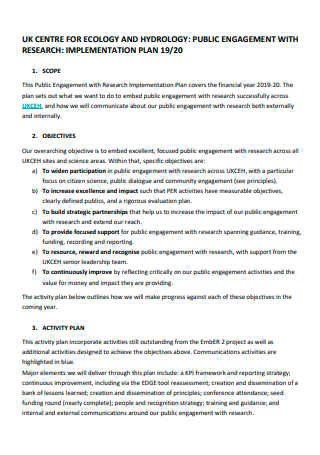
Basic Research Implementation Plan
download now -

Strategic Research and Implementation Plan
download now -
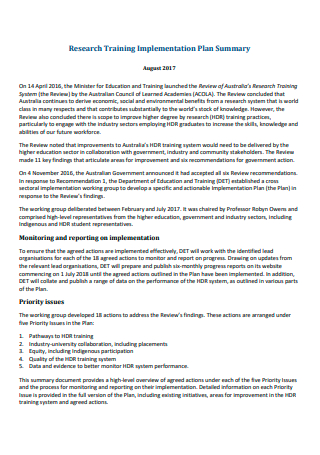
Research Training Implementation Plan Summary
download now -
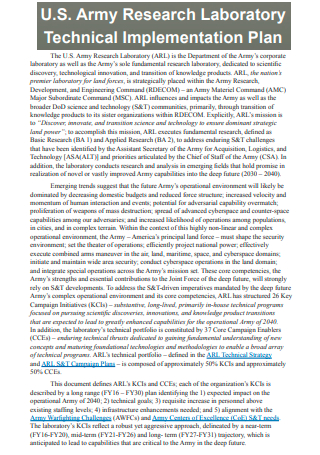
Army Research Laboratory Technical Implementation Plan
download now -

Research and Development Office Annual Implementation Plan
download now -

Safety Research Implementation Plan
download now -
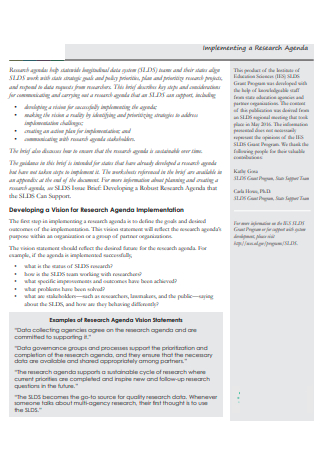
Research Agenda Implementation Plan Template
download now -
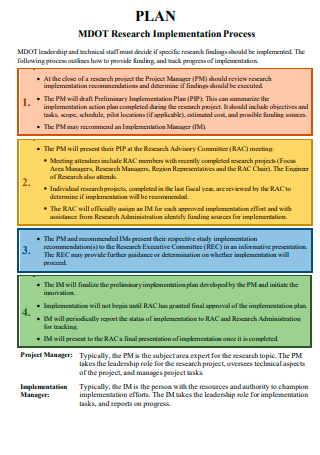
Research Implementation Process Plan
download now -

Research Project Implementation Plan Checklist
download now -
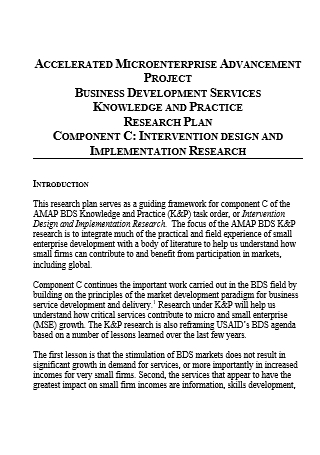
Research Intervention Design and Implementation Plan
download now -
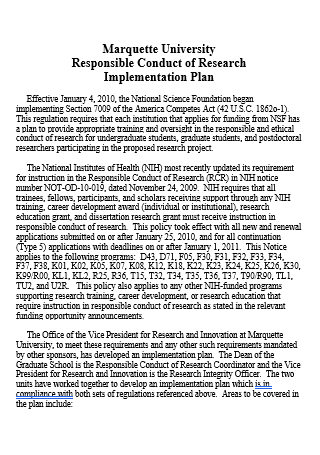
Research Implementation Plan in DOC
download now
FREE Research Implementation Plan s to Download
18+ Sample Research Implementation Plan
What Is a Research Implementation Plan?
Components of a Research Implementation Plan
How To Write a Research Implementation Plan
FAQs
What are the steps of the implementation process?
Why is there a need to implement research?
How do you implement a thesis?
What Is a Research Implementation Plan?
A research implementation plan, or implementation plans in general, supports and executes a strategic action process for different kinds of business practices, procedures, and operations. It presents clear instructions to implement the steps that the individuals or teams need to follow. As such, a research implementation plan documents the actions people must take to achieve a successful research study for educational or business purposes to accomplish a shared goal or objective. The plan is a combination of strategies, actions, and processes that incorporates all elements of the research from its scope, budgets, schedules, and other vital components. Before constructing the research implementation plan, there must be a strategic plan in place because it serves as a blueprint that maps out how to bring the strategic plan to life. The document breaks down and expounds tasks into identifiable and executable steps, assigns tasks and responsibilities to appropriate individuals, and establishes a definitive timeline to accomplish the research. The goal of the implementation plan centers on the effective implementation of strategies and processes to have accurate and dependable results.
According to a publication published in February 2018 about the prevalence and impact of open access articles, from over 67 million articles with the open access status, at least 28 percent of them, roughly 19 million, are scholarly literature.
Components of a Research Implementation Plan
Writing the research implementation plan must be straightforward. However, the entirety of the writing process is neither immediate nor easy. Each section of the implementation plan must have a sufficient amount of detail, combining all information from strategic planning to indicating the results of data and research analysis to make research goals and objectives attainable. There are several key components to a research implementation plan. The section below details the essential elements that an individual or a group must consider to create a comprehensive research paper.
How To Write a Research Implementation Plan
After identifying the essential elements of the implementation plan, just having them does not ensure the success of the research paper. For an implementation plan to be beneficial, comprehensive, and successful for the team, there are specific steps that researchers must accomplish while incorporating the necessary components. Building strategic research implementation plans can seem difficult at first, and the section below helps with implementing steps to writing the research implementation plan.
-
1. Brainstorm For the Specific Outcomes of Research
The first step to creating the implementation plan is to determine and envision the research outcomes. Whether the team plans to adopt a new software tool or change management for the team needs to happen, start creating the implementation plan with the results in mind. Identify the individuals, industries, or sectors that benefit from the results of the project, how it benefits them, and the success criteria for research. The answers to these questions can vary as the research process continues, and the initial answers are the start to completion. When brainstorming for the outcomes, it is vital to set goals according to best-case scenarios and list possible contingency scenarios.
-
2. Assign Implementation Responsibilities to Individuals
As it is too early to delegate responsibilities to individuals, the research team must already establish the overall ownership of the implementation procedure for the research. The assigned owner will have the responsibility of monitoring team productivity, assigning daily activities and tasks, and leading the team back to its objectives when the process begins going off course. It is difficult to choose the perfect candidate to lead all the team members in terms of decision-making and execution of the implementation plan. When selecting the representative member, focus on looking for a great communicator and an innovative thinker.
-
3. Conduct a Risk Assessment for the Plan
The next step of the implementation plan is to guarantee that there is an understanding of the possible drawbacks. Researchers will save time, money, and other resources before they are already working halfway into the research project before realizing that the work they are doing results in scope creep or panic funding in terms of the budget plan. Developing the risk assessment is the best defense for arising issues during the implementation strategy. To identify and mitigate possible risks, make sure that the risk assessment process is a team effort, bringing the team together for brainstorming sessions to have different and all perspectives on the matter. It is also advisable to evaluate case studies that share similarities with the research paper and find out which mitigation strategies worked best for past researchers rather than relying on speculations.
-
4. Develop a Comprehensive Budget Plan
Budgeting is an essential part of the implementation plan that allows for easy and manageable budget measurement and tracking. Ensure that every resource is organized and accounted for using a budget spreadsheet or a budgeting tool. During this step, it is vital to answer what makes the project successful and how much are the researcher willing to spend to achieve it. When creating the research budget, take the identified risks into account and utilize similar research implementation plans as the baseline to make decisions for the current plan.
-
5. Establish and Delegate Tasks for the Implementation Plan
The entire implementation strategy has an owner, and it is now time to delegate the necessary tasks to team members. These individuals have the responsibility to execute assigned tasks of the research plan and report its progress, findings, and recommendations to the overall manager. They also share the responsibility of handling associated risks that can occur when implementing tasks. The necessary tasks vary depending on the type of implementation plan. In terms of delegating tasks, make sure to communicate the reason for selecting responsibilities of a team member and setting clear expectations to produce clear results.
-
6. Create a Schedule for the Implementation Plan
After gathering all the necessary information about the plan, the next step is to create a comprehensive implementation plan. The implementation project schedule must have a beginning, middle, and end. The beginning of the schedule must consist of all the initial activities, including plan setups and task delegations, the middle must have the execution actions and progress tracking, and the end indicates all deliverables, assessments, and last-minute quality control for the implementation process. Make sure that all the scheduling decisions by the team members result in the quickest, most efficient, and most cost-effective actions while ensuring quality work. Utilize various tools and strategies, including work breakdown structures and critical path methods for efficiency in handling assignments. To develop the schedule, break down tasks into relevant milestones and develop schedule buffers.
FAQs
What are the steps of the implementation process?
For a manager to have a successful implementation process, the following steps must be in consideration:
- Have a clear set of goals and objectives
- Determine roles and responsibilities
- Delegate work
- Execute the plan and monitor its progress
- Take corrective action as necessary
- Acquire project closure
- Develop feedback on the implementation process
Why is there a need to implement research?
Implementing a research study is necessary to promote the uptake of research findings and reduce inappropriate care for biomedical procedures.
How do you implement a thesis?
To come up with a thesis, a researcher must ask an initial question, write initial answers, and develop factual answers from viable reasons.
Research is essential to acquire more knowledge about specific questions, methods, and other phenomena. A research implementation plan allows researchers to establish a clear procedure for implementing research studies by defining research objectives, assigning roles and responsibilities, conducting a risk assessment, developing a budgeting plan, and creating a project schedule. To start with your next research study, download from the 18+ SAMPLE Research Implementation Plan in PDF | MS Word available in the article. Get yours today, only at Sample.net.
